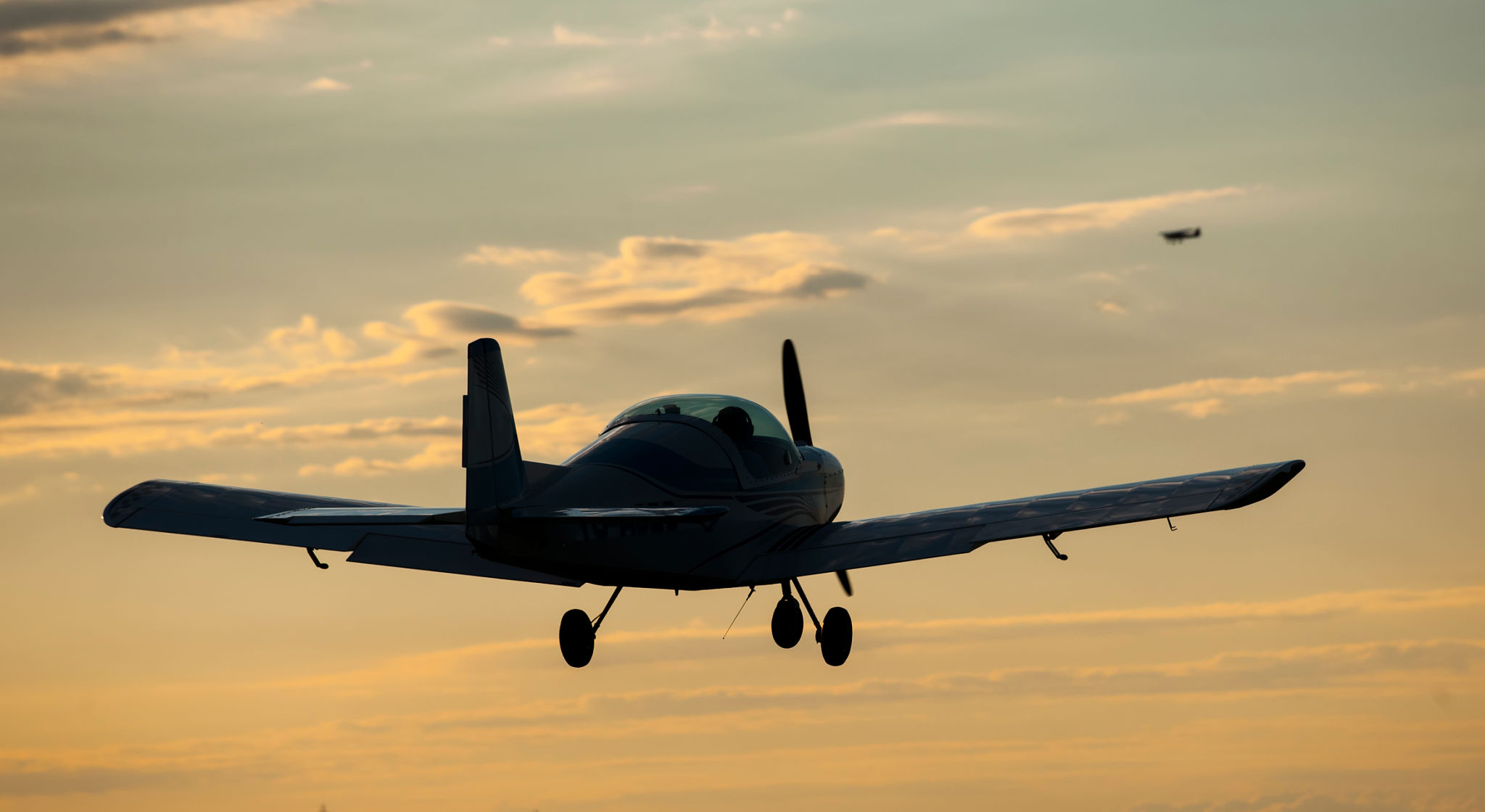Top 5 Myths About Learning to Fly: Debunked
Myth 1: Flying Lessons Are Extremely Expensive
One of the most common myths about learning to fly is that it costs a fortune. While it's true that aviation training isn't cheap, it's not as expensive as many people think. The cost varies depending on factors such as the type of aircraft, flight school, and location. Many flight schools offer financing options and pay-as-you-go plans, making it more accessible.
Moreover, some people mistakenly compare the cost of learning to fly with obtaining a commercial pilot license, which is significantly more expensive and time-consuming. However, for those looking to earn a private pilot license, the costs are manageable with careful planning and budgeting.

Myth 2: You Need Perfect Vision
Another prevalent myth is that you need perfect vision to become a pilot. In reality, the Federal Aviation Administration (FAA) allows pilots to wear corrective lenses. As long as your vision can be corrected to 20/20 with glasses or contact lenses, you can still pursue your dream of flying.
It's important to note that specific medical standards are in place to ensure safety in aviation. However, these standards are reasonable and accommodate a wide range of physical conditions, including vision impairments.
Myth 3: Flying Is Only for the Young
Many believe that learning to fly is only for the young, but age is just a number when it comes to aviation. People from various age groups, including retirees, have successfully learned to fly. The only statutory requirement is that you must be at least 17 years old to obtain a private pilot license.
In fact, having more life experience can be beneficial when learning to fly. Older students often bring patience, discipline, and a strong work ethic to their training.

Myth 4: Pilots Must Have Advanced Math Skills
A common misconception is that pilots need to be math geniuses. While basic math skills are necessary for some calculations related to navigation and fuel management, most of the complex calculations are handled by the aircraft's instruments and technology.
Flight schools provide all the necessary training in navigation and other essential skills. With practice and guidance from instructors, students quickly become proficient in the required math for flying.
Myth 5: Flying Is Dangerous
The idea that flying is inherently dangerous is another myth that deters many potential aviators. Statistically speaking, flying is one of the safest modes of transportation. The aviation industry is heavily regulated with stringent safety standards and protocols in place.
Pilots undergo rigorous training to handle various scenarios and emergencies. Moreover, aircraft maintenance is held to high standards to ensure safety, making flying a secure and reliable activity.

In conclusion, while there are many myths about learning to fly, they are often based on misconceptions or outdated information. By understanding the realities of aviation training and safety, aspiring pilots can confidently pursue their dreams of taking to the skies without being held back by unfounded fears or assumptions.
